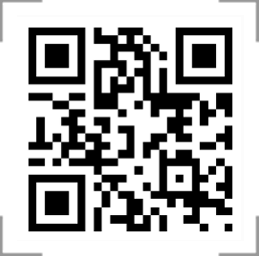What is a colony counter? A colony counter is a device used in microbiology laboratories to count the number of colonies on microbial culture dishes. It usually includes a platform for placing culture dishes and an observation area with a light source and magnifying glass. The colony counter provides appropriate illumination and magnification through a magnifying glass and light source, allowing experimenters to clearly observe microbial colonies on the culture dish and count them.
The use of colony counter is simple, convenient, and flexible, and can be widely applied in microbial detection and research in fields such as medicine, food, and environment.
A colony counter typically consists of the following main components:
Platform: A flat surface used to place culture dishes. Platforms typically have appropriate dimensions and spacing to accommodate culture dishes of different sizes and quantities.
Observation area: an area equipped with a magnifying glass and light source for observing microbial colonies on a culture dish. The observation area usually has appropriate lighting and magnification effects to make the colonies clearly visible.
Magnifying glass: used to magnify microbial colonies on a culture dish for accurate counting. Magnifying glasses usually have adjustable focal length and magnification to meet different experimental needs.
Light source: Provide appropriate illumination to make microbial colonies clearly visible in the observation area. The light source is usually LED or fluorescent lamps, which have lower energy consumption and longer service life.
The steps of using a colony counter for microbial colony counting usually include:
Prepare culture dish: Place the culture dish containing microbial samples on the platform of the colony counter according to experimental requirements.
Observing bacterial colonies: Use a magnifying glass and light source to clearly observe the microbial colonies on the culture dish in the observation area. The magnification and focal length can be adjusted for more accurate observation and counting.
Counting bacterial colonies: Use a counter or counting software to count the number of microbial colonies on the culture dish one by one. Usually, counting is carried out according to prescribed methods and standards to ensure the accuracy and reproducibility of the results.
Data recording and analysis: Record the colony counting results in an experimental record sheet or computer software, and perform data analysis and statistical processing. According to the experimental purpose, further data interpretation and result reporting can be carried out.
Cleaning and maintenance: After using the colony counter, clean all components in a timely manner to prevent cross contamination and the growth of hazards. Regularly inspect and maintain the various functions of the colony counter to ensure its normal operation.
Calibration and validation: Regularly calibrate and validate the colony counter to ensure its counting accuracy and reliability. Calibration can be performed through comparative experiments using standard bacterial strains, while validation can be achieved through repeated experiments to verify the stability and consistency of the results.
Standardized operation: When using a colony counter, pay attention to the operating procedures to avoid accidents or injuries. Especially when using a light source, avoid direct exposure to the eyes to prevent eye damage.
Learning and Training: Operators should receive relevant training and guidance to understand the usage and operation techniques of colony counters, in order to ensure the smooth progress of experiments and the accuracy of results.
Through this chapter, we will understand what a colony counter is. It is an experimental device used to quickly and accurately count microbial colonies, widely used in microbial research and detection in fields such as biology, medicine, and food security.


 Alibaba Store
Alibaba Store Tmall Store
Tmall Store Jingdong Sstore
Jingdong Sstore







